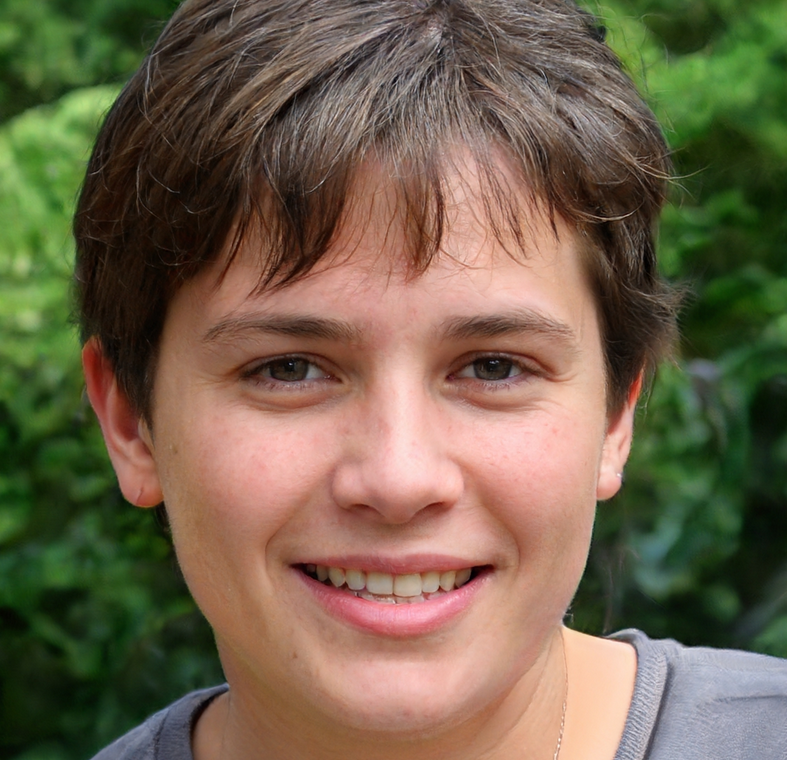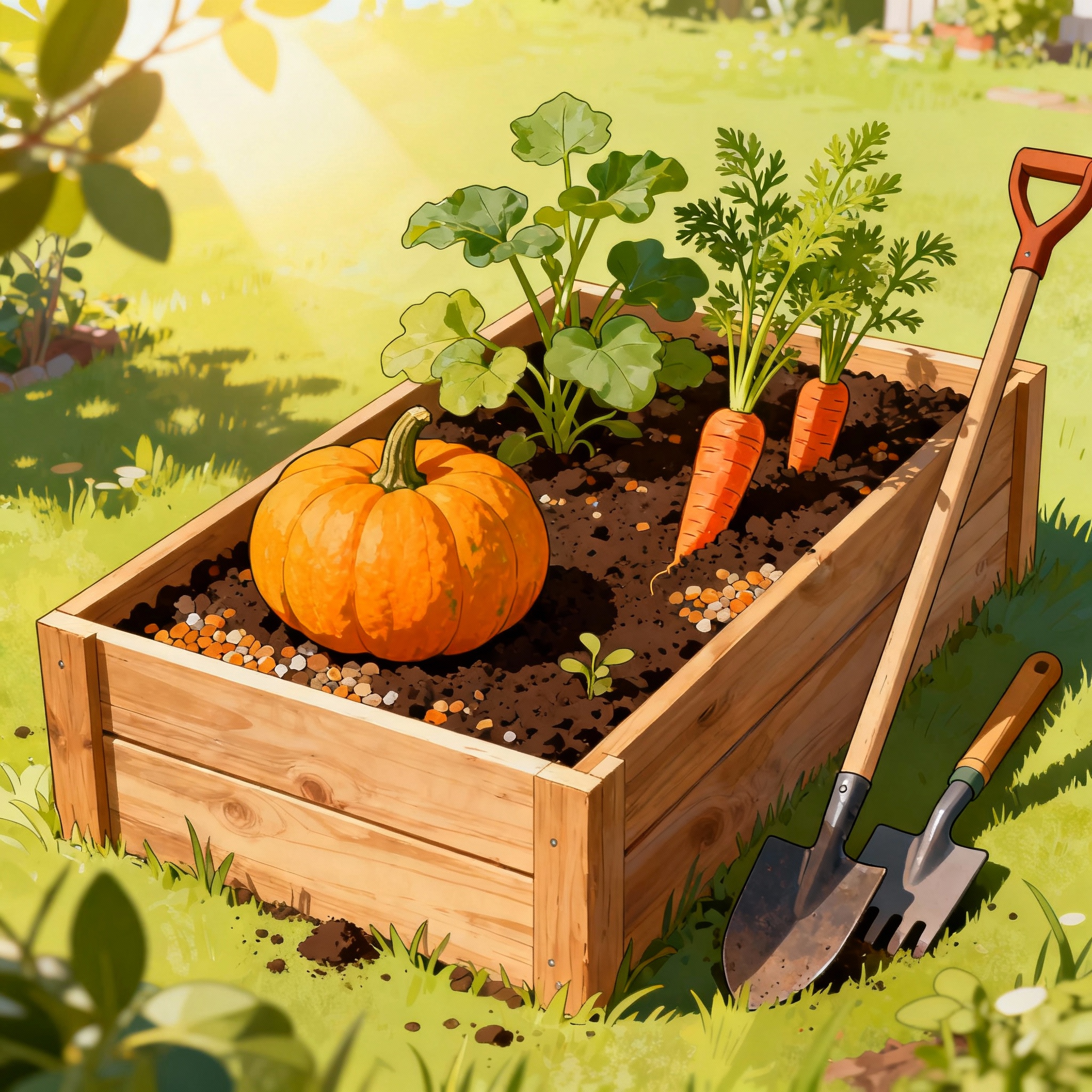Raised Bed Soil Calculator
Raised Bed Soil Mix Recipes
🌱 Standard Vegetable Mix
Best for: Most vegetables and herbs
- 60% Topsoil or garden soil
- 30% Compost
- 10% Perlite or vermiculite
Characteristics: Balanced nutrients, good drainage, water retention
🥕 Heavy Feeder Mix
Best for: Tomatoes, peppers, squash
- 50% Topsoil
- 40% Compost
- 10% Perlite
Characteristics: Nutrient-rich, supports vigorous growth
🥗 Lettuce & Greens Mix
Best for: Salad greens, spinach
- 50% Topsoil
- 40% Compost
- 10% Coconut coir
Characteristics: Light, moisture-retentive, fast-draining
🌿 Root Vegetable Mix
Best for: Carrots, potatoes, beets
- 70% Topsoil (screened, no clumps)
- 20% Compost
- 10% Sand or perlite
Characteristics: Loose, deep, allows root expansion
🪴 Herb Garden Mix
Best for: Basil, parsley, cilantro
- 50% Topsoil
- 30% Compost
- 20% Perlite or sand
Characteristics: Well-draining, prevents root rot
💰 Budget-Friendly Mix
Best for: Cost-conscious gardeners
- 50% Native soil (screened)
- 25% Compost (homemade)
- 25% Peat moss or coco coir
Characteristics: Affordable, improves over time with amendments
💡 Mixing Tips
- ✓ Mix components thoroughly before filling beds
- ✓ Wet soil slightly while mixing for better blending
- ✓ Fill beds in layers, mixing as you go
- ✓ Top-dress with 1-2 inches of compost annually
- ✓ Screen topsoil to remove rocks and debris
- ✓ Let soil settle for a week before planting
Raised Bed Setup Guide
📏 Bed Dimensions
Recommended Sizes:
- Width: 3-4 feet (easy reach)
- Length: 6-8 feet (manageable)
- Depth: 6-12 inches
Depth Guide:
- 6-8″: Lettuce, herbs, flowers
- 10-12″: Tomatoes, peppers, beans
- 12″+: Carrots, potatoes, deep roots
🪵 Materials
Popular Options:
- Cedar: Naturally rot-resistant, 15-20 years
- Redwood: Durable, expensive, 20+ years
- Pine (treated): Budget-friendly, 10-15 years
- Composite: Long-lasting, maintenance-free
- Concrete blocks: Permanent, heavy-duty
- Metal (galvanized): Modern, very durable
Avoid: Railroad ties (toxic chemicals)
🌍 Site Preparation
Before Building:
- Choose sunny location (6+ hours sun)
- Level the ground
- Remove grass/weeds
- Add landscape fabric (optional)
- Ensure good drainage
- Keep away from trees (competing roots)
💰 Cost Estimates
4×8 ft bed, 12″ deep:
- Materials: $50-150 (wood)
- Soil: $100-200 (1 cubic yard)
- Compost: $30-60
- Amendments: $20-40
- Total: $200-450 per bed
Tip: Buy soil in bulk (cubic yards) for savings
🧮 Volume Formulas
Calculate Cubic Feet:
Length × Width × Depth (in feet)
Convert to Cubic Yards:
Cubic Feet ÷ 27
Example: 4×8×1 ft bed
- = 32 cubic feet
- = 1.2 cubic yards
- Bags (2 cu ft): 16 bags
🌿 Maintenance
Annual Tasks:
- Add 1-2″ compost each spring
- Check for settling (add soil as needed)
- Inspect frame for rot/damage
- Repaint/stain wood (if needed)
- Rotate crops
- Test soil pH annually
Tip: Soil level drops 1-2″ per year from settling
✅ Benefits
Why Raised Beds?
- Better drainage
- Warmer soil (earlier planting)
- Easier on back/knees
- No soil compaction
- Controlled soil quality
- Fewer weeds
- Organized garden layout
- Higher yields per square foot
🚫 Common Mistakes
Avoid These Errors:
- Making beds too wide (can’t reach center)
- Using pure compost (too rich, compacts)
- Skipping drainage (bottom layer)
- Treated wood in vegetable beds (old creosote)
- Not leveling frame
- Insufficient depth for crops
- Placing in shade
Raised Bed Soil Calculator User Guide
What It Does:
Calculate the exact amount of soil, compost, and amendments needed to fill raised garden beds. Provides cost estimates and soil mix recommendations for different crops.
How to Use:
🧮 Calculator Tab
- Enter Bed Dimensions:
- Length – Raised bed length in feet
- Width – Raised bed width in feet
- Set Soil Depth:
- Enter depth in inches
- Recommendations:
- 6-8 inches: Lettuce, herbs, shallow-rooted crops
- 10-12 inches: Tomatoes, peppers, beans
- 12+ inches: Carrots, potatoes, deep-rooted vegetables
- Number of Beds:
- Enter total number of identical beds
- Calculator multiplies for multiple beds
- Calculate:
- Click “Calculate Soil”
- Results show:
- Total cubic feet and cubic yards needed
- Number of bags (if buying bagged soil)
- Soil mix breakdown (60% topsoil, 30% compost, 10% amendments)
- Estimated costs
🥄 Soil Mix Tab
Pre-made soil recipes for different crop types.
Recipes Included:
- Standard Vegetable Mix (60-30-10)
- 60% Topsoil, 30% Compost, 10% Perlite
- Best for most vegetables and herbs
- Heavy Feeder Mix
- 50% Topsoil, 40% Compost, 10% Perlite
- For tomatoes, peppers, squash
- Lettuce & Greens Mix
- 50% Topsoil, 40% Compost, 10% Coco coir
- Light, moisture-retentive
- Root Vegetable Mix
- 70% Topsoil, 20% Compost, 10% Sand
- Loose for root expansion
- Herb Garden Mix
- 50% Topsoil, 30% Compost, 20% Perlite
- Well-draining, prevents rot
- Budget-Friendly Mix
- 50% Native soil, 25% Compost, 25% Peat moss
- Cost-effective option
📖 Setup Guide Tab
Complete reference for building and maintaining raised beds.
Information Included:
- Bed Dimensions:
- Recommended widths: 3-4 feet (easy reach)
- Typical lengths: 6-8 feet
- Depth guide by crop type
- Materials:
- Cedar (15-20 years)
- Redwood (20+ years)
- Treated pine (10-15 years)
- Composite, metal, concrete blocks
- Site Preparation:
- Location selection (6+ hours sun)
- Ground leveling
- Drainage considerations
- Cost Estimates:
- 4×8 ft bed: $200-450 total
- Materials breakdown
- Bulk vs. bagged soil costs
- Volume Formulas:
- Cubic feet calculation
- Conversion to cubic yards
- Bag count estimation
- Maintenance:
- Annual compost top-dressing
- Soil replacement schedule
- Frame inspection
- Benefits:
- Better drainage, warmer soil
- Easier access, no compaction
- Higher yields
- Common Mistakes:
- Beds too wide
- Pure compost (compacts)
- Insufficient depth
- Poor drainage
Soil Volume Formula:
Cubic Feet:
textLength (ft) × Width (ft) × Depth (ft) = Cubic Feet
Cubic Yards:
textCubic Feet ÷ 27 = Cubic Yards
Example: 4×8×1 ft bed
- = 32 cubic feet
- = 1.19 cubic yards
- = 16 bags (2 cu ft each)
Standard Soil Mix (60-30-10 Rule):
Components:
- 60% Topsoil – Base material, structure
- 30% Compost – Nutrients, organic matter
- 10% Perlite/Vermiculite – Drainage, aeration
For 1 cubic yard total:
- 0.6 yards topsoil (~$18)
- 0.3 yards compost (~$12)
- 0.1 yards perlite (~$5)
- Total: ~$35/yard
Quick Tips:
✅ Order 10% extra soil – Accounts for settling
✅ Mix components before filling – Ensures even distribution
✅ Screen topsoil – Remove rocks and debris
✅ Let soil settle 1 week – Before planting
✅ Top-dress annually – Add 1-2″ compost each spring
Pro Tip: Buying soil in bulk (cubic yards) is much cheaper than bags. For a 4×8×1 ft bed needing 1.2 yards, bulk costs ~$40-50 vs. 16 bags at $4 each = $64. Save 20-40% buying bulk for beds over 1 cubic yard!

Angelina Everly leads the editorial desk at Live Green Gardens, blending practical plant care, hands-on product testing, and approachable outdoor styling. She focuses on step-by-step how-tos, buyer’s guides, and small-space makeovers that work in real life and real budgets. When she’s not comparing pruning shears or setting up a drip kit, you’ll find her creating cozy corners with planters, solar lights, and pollinator-friendly picks—always with clear pros/cons and safety notes so you can buy once and garden happy.

